Last update: January 9th, 2024 at 04:51 pm
It’s 2 a.m. and you are staring at the ceiling, running through all the possible nightmare scenarios that may occur on a flight with your child.
Endless lineups, emotional meltdowns, exploding diapers and more. I,too, had many anxiety ridden nights, fretting about travel with my own children. Thankfully, however, several years and over 60 flight later, we now hop on and off planes with relative ease. While it hasn’t always gone perfectly, we have learned by trial and error, receiving some great advice along the way. I’d love to share with you here some of the tips and suggestions we found most useful along the way.
1. Know the Rules
Most airlines state their policy regarding travel with children on their website, and offer some kind of family travel advice and recommendations. Three very common sources of confusion are around what you are allowed to bring in terms of baggage (strollers etc.), liquid restrictions (different rules apply when traveling with a child under 2), and the rules regarding child restraint systems (CRS).
We recommended visiting both the website of the airline you are flying with, and that of the U.S. Transportation Security Administration or the Canadian Air Transport Security Authority (depending on where you are traveling).
2. Pack to Anticipate Disasters
Be fully prepared for lengthy delays, the in-flight diaper incident, the surprise Norovirus attack, or a bleeding nose (all things that have happened to the author or her readers).
Extra clothes (for you and your child), more diapers than you think you need, a ton of wipes, extra bottles, and Ziploc bags in which to store nasty things, go a long way in buying you a sense of security and confidence. If you use them, you feel like a champ and remain in control. If you don’t, you can lend them out to the distressed parent freaking out in the row beside you (and still feel like super-parent).
3. Minimize Time Spent on Plane
It sounds logical enough, but the problem with early boarding for families with small children, is that it forces you to spend an extra half hour trapped on a plane. If you are traveling with a partner, we suggest having them take advantage of early boarding with all of the gear, but no child. This parent can gate check the stroller, take claim to the most convenient overhead bin, install a car seat (if applicable) and organize everything you will need handy for the first hour of flight with your little one. This allows you and your child to have an few extra minutes of relative freedom, strolling on during final boarding.
Also important to remember, and relevant even if you are traveling on your own with your child, is that the plane is not going anywhere until you hear (or see) that the flight attendants have secured the door (often announced over the P.A.). Until this has happened, there is no need have your child tightly held in your lap or secured in their seat.
4. Pack the Right Activities
Take note of what kind of toys and activities occupy your child for the longest period of time, and pack your carry-on or diaper bag accordingly. Pull things out on the plane one at a time, as necessary, keeping the stash out of sight. Be careful to pace yourself throughout the flight and to save a few things for the flight home. Keep in mind that there is no need to present anything to your child if they are happy pressing the buttons on the entertainment system (which you have ideally thoroughly cleaned with antiseptic wipes). My children, for instance, have always had an odd fascination with the flight safety card.
If your child enjoys watching shows, do not assume that you are going to have a working inflight entertainment system. Planes get changed, and systems break down. If possible, bring your own device (iPhone, iPad, Nintendo DS etc.).
The headphones offered on planes (usually for purchase) do not fit little heads very well, and the sound quality is often terrible. Optionally, you can purchase headphones made specifically for kids, like the tiger ones shown here from Califone. See also our full list of Bluetooth kids headphones.
Regardless of where you buy them, you want to make sure that they will fit your child’s head well and that they have some kind of volume control.
5. Bring Your Own Snacks
If you are traveling domestically in the U.S. or Canada, the state of on-board snacks and meals is pretty miserable. Even when the snack menu offers a kid’s snack pack, many times they are sold out. Packing your own snacks will not only save you money, but it will also buy you some well deserved peace of mind.
Children under two years are exempt from the 3.4oz/100ml per container liquid limit, so you can pack for them a reasonable amount of milk, formula or juice in your carry-on. For children over two, we recommend packing an empty sippy cup and either filling it once you have passed through security (with beverages purchased from an airport store), or asking the flight attendant to fill it on board. This saves you having a spill on the plane with those plastic cups and trays that are so easily bumped. Also keep in mind that on most flights there is only enough milk for coffee and tea service (not enough to fill a bottle or sippy cup) so this should be purchased before getting on the plane.
6. Be Kind to the Flight Crew
These people are the gatekeepers to a better flight experience. Treat them kindly and they may surprise you with their helpfulness. Warming bottles, keeping baby food refrigerated, offering kids activities, and getting you a beverage when you child has finally fallen asleep in your lap, are all conveniences that may be offered to you….but then again, maybe not. A smile and a thank you can go a long way in making this a reality.
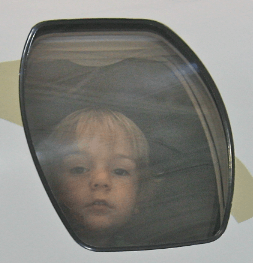
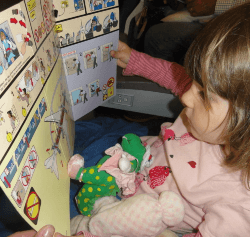
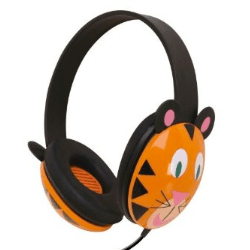
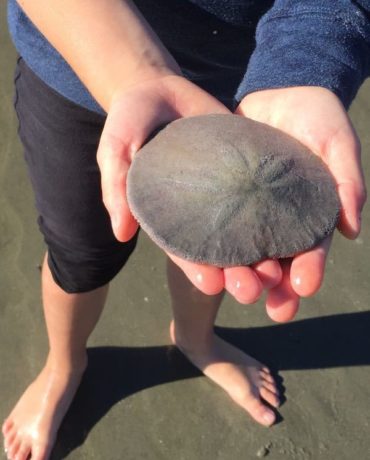



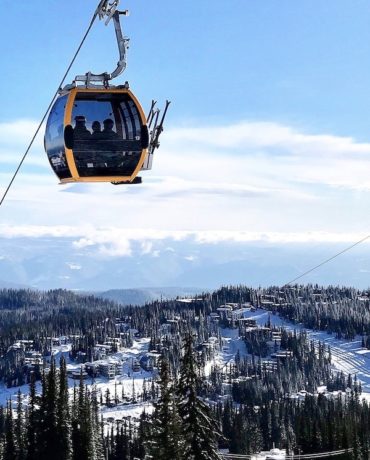

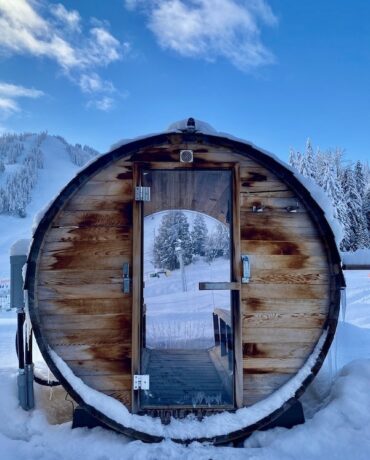
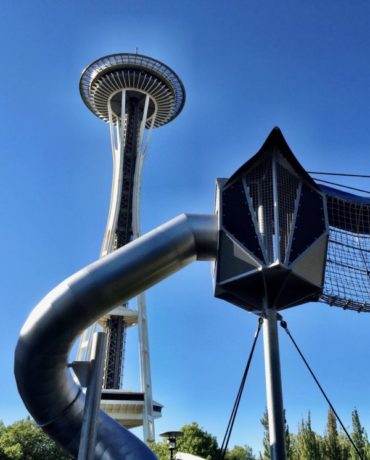
Leave a Reply